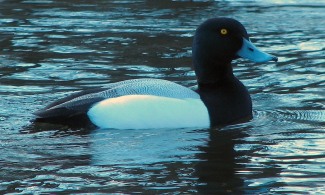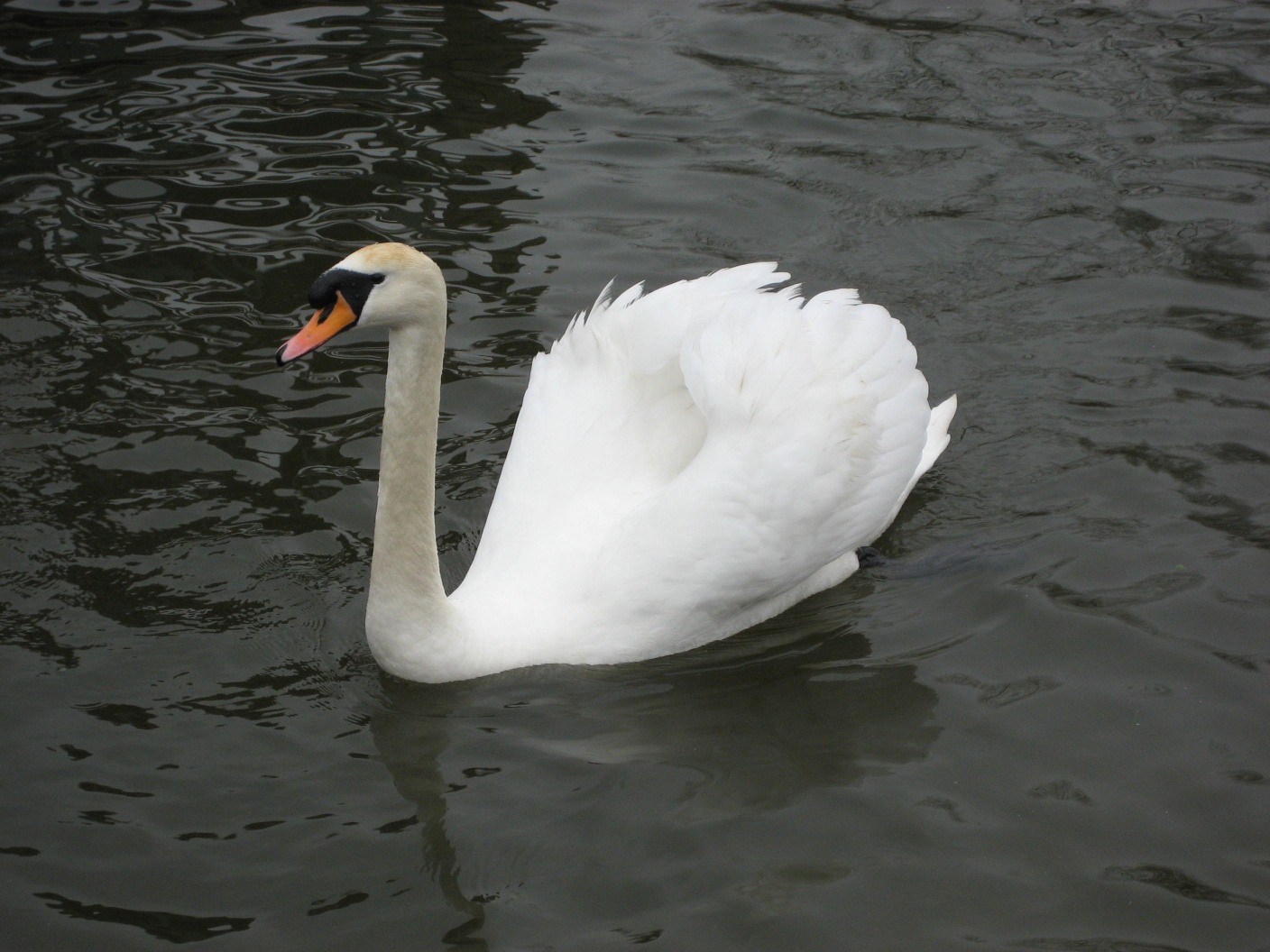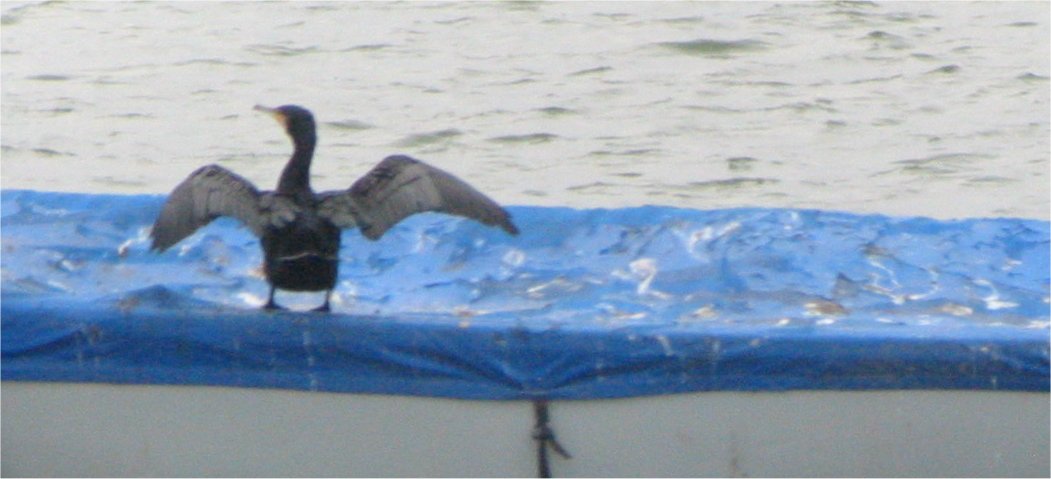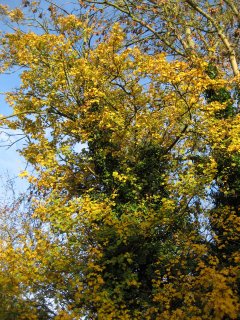For some time now I have been thinking about buying a spotting scope, partially with the hope of being able to get into digiscoping. I have been thinking about this for about eighteen months now, and the limitations of a pair of binoculars in the world of reservoirs and winter migrants, coupled with the limitations of my memory (I am hoping to be able to photograph any birds that I don’t recognise) finally persuaded me to part with my hard-earned dosh. (Yes, I do believe that it is hard-earned because it is only the thought of being able to afford the finer things and scopes in life that allows me to keep going to work.)
So, I did my research (sort of – I did get very distracted by all of the pictures shown on digiscoping sites) and thought about what I wanted from the scope and prepared to persuade myself that I did not need the top of the range scope. I went along to Focus Optics in Coventry as I had never used a scope before and thought that it might be useful to see how heavy these were and compare the different sizes. I have to say that the staff there were incredibly helpful, and didn’t try to force me down any particular route. However, I have to admit that I came away with the top of the range scope and tripod. Now I will have to justify these with some articles for this blog, and hopefully, some good pictures.
I have now discovered where all the birds are that most people seem to be reporting as missing from their garden – Focus Optics have stolen them all so that customers have something to focus their binoculars and scopes on. Whilst there I saw woodpeckers, chaffinches (far too many to count) bullfinches, pheasants, great tits, long-tailed tits, greenfinches, moorhens and doves – not to mention the squirrels.
To finish a fantastic, if expensive day (I was also tempted into a new bird feeder and some new walking boots), I called in at Brandon Marsh on the way home – only to buy some Christmas cards you understand. Anyway, whilst there I accidently stumbled into one of the hides. I was mainly confronted by an awful lot of water (most of the small islands had disappeared) upon which there were some ducks floating about – the best of which was a male Goldeneye and a couple of females. On the way back to the car I also saw lots of bullfinches, a flock of redpoll (my first ever, I am assuming that they are the common type otherwise they would have been invisible to me) and a small flock of redwing. Hurrah! Although this may seem a little bit of an over reaction for a common migrant I was beginning to think that they were avoiding me. I kept seeing reports of redwings all around, could I find any, could I arse, I had seen more kingfishers this year than redwings! (This is just a comment for my friend Nick who is desperate to see a kingfisher, but they see him coming and scarper.)



 However, there are two bigger problems than these, the paths often run out for no reason – then where am I supposed to cycle?
However, there are two bigger problems than these, the paths often run out for no reason – then where am I supposed to cycle?
 This autumn has seen the trees clothed in exceptional colours. The reason for this is apparently the dry warm autumn days and cool nights that have made Northamptonshire resemble New England. I have noticed the number of field maples and wild cherries that are planted around the town this year, I know that they were here in other years, but they have never shouted so loudly before. According to some reports the autumn colour is a result of climate change, and we may be in for colourful autumns every year.
This autumn has seen the trees clothed in exceptional colours. The reason for this is apparently the dry warm autumn days and cool nights that have made Northamptonshire resemble New England. I have noticed the number of field maples and wild cherries that are planted around the town this year, I know that they were here in other years, but they have never shouted so loudly before. According to some reports the autumn colour is a result of climate change, and we may be in for colourful autumns every year.